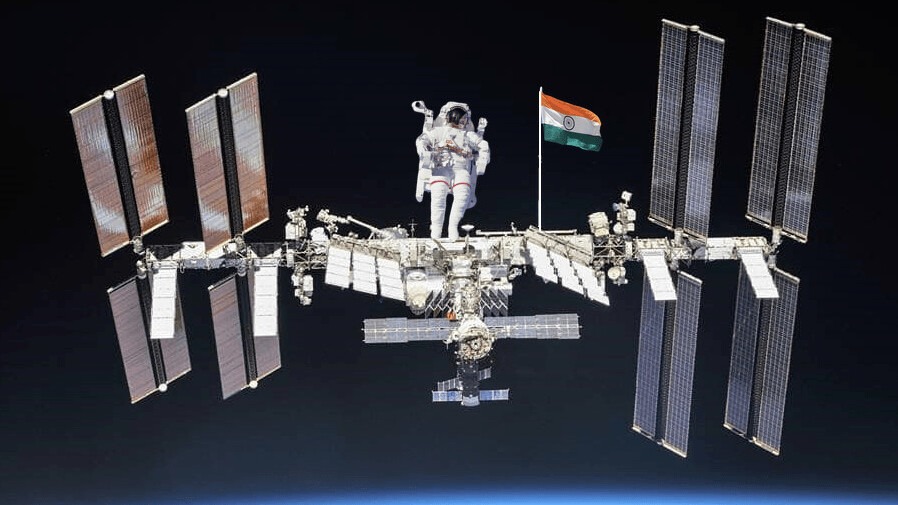215 Views
Project Goals:
- Build a space station for India by 2035 (initial modules by 2028 with existing rockets).
- Send Indian astronauts to the Moon eventually.
- Compete in the global commercial launch market.
Key Features of NGLV:
- Higher payload capacity: Will be able to carry twice the weight of India’s current heaviest rocket (LVM-3) into orbit. This is crucial for building a large space station.
- Reusability: Parts of the rocket will be designed to be recovered and used again, reducing launch costs.
- Green propulsion: The NGLV will use cleaner burning fuels like methane-liquid oxygen or kerosene-liquid oxygen.
- Cost-effectiveness: The goal is to achieve a low launch cost per kilogram of payload.
- Private sector involvement: Indian private companies will be involved in manufacturing, operations, and launches.
Project Status:
- ISRO has formed a dedicated project team led by S. Sivakumar.
- A new launch pad at Sriharikota will be required for the NGLV.
- The project is internally named “SOORYA.”
- The initial phase will be led by S. Sivakumar, with a handover to the “next generation” later.
Alignment with Vision:
- The NGLV development aligns with India’s Space Vision 2047, which outlines ambitious goals for the country’s space program.




